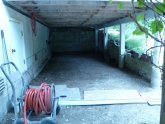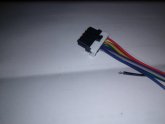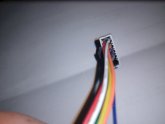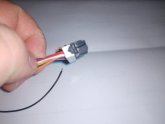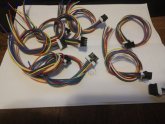I am contemplating going up to 2.7v per cell... but I don’t think exceeding 2.65 is a good plan...
if it hangs in well at 28, I may take it to 29.2... and see where they settle at the recommended top charge of3.65 before tempting fate...
if it hangs in well at 28, I may take it to 29.2... and see where they settle at the recommended top charge of3.65 before tempting fate...




